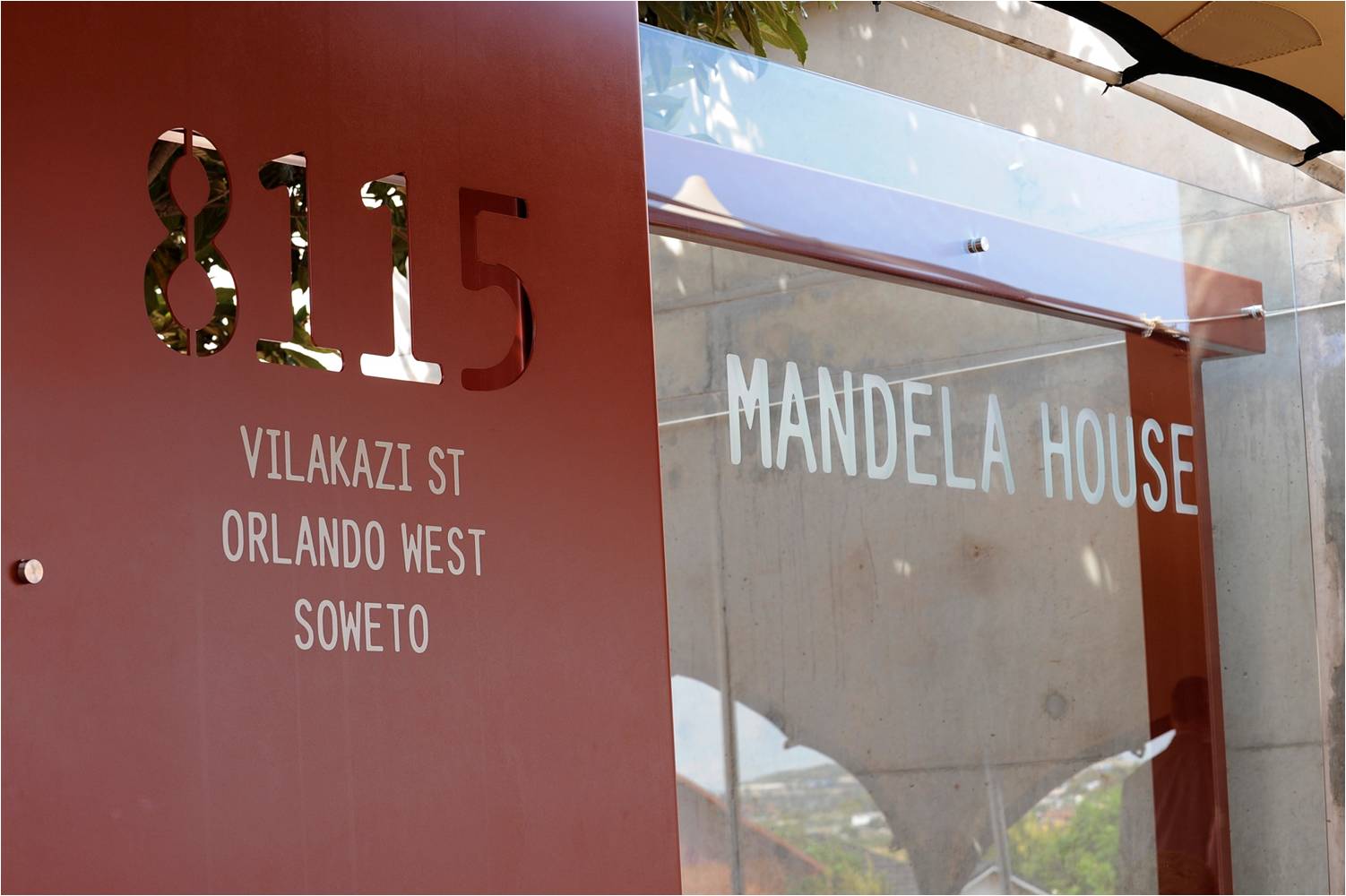

South Africa is known for its ethnic culture, rich diversity and inspiring history. As a country that has lived through the apartheid era, where their inhabitants fought and died in the cause of establishing a democratic country, South Africa hosts some of the most cutting-edge cultural touchstones in its museums. This International Museum Day let us take you for a quick rendezvous across some of the most unmissable museum destinations that the Rainbow Nation has.
Robben Island: Nelson Mandela, South Africa’s iconic leader spent 18 immensely challenging years in prison on this little island situated off the coast of Cape Town and yet emerged from it filled with forgiveness instead of hatred. Robben Island is now a World Heritage site and museum. Although from the 17th to the 20th century the island was a place of imprisonment – today it is a beacon of hope and a place where visitors can gain some insight into the life and times of Nelson Mandela and fellow freedom fighters. Trips to Robben Island begin from the Nelson Mandela Gateway at the V&A Waterfront, where ferries transfer you to the former prison.
Constitution Hill: Through the years, the Constitution Hill functioned mainly as a prison. It was here that many passive resistors and freedom fighters including the Father of our Nation – Mahatma Gandhi, and Nelson Mandela were held; the site has two permanent exhibitions that revolve around the lives of both these revolutionaries. A walk through Number Four section of the prison, reading up on the horrific conditions of the time and the difference in how prisoners of different races were treated, quickly hammers home the need for radical reform and equality for which Mandela was fighting – and ultimately achieved. The Constitution Hill in Johannesburg is now a fascinating museum and the home to South Africa’s
constitutional court.
Apartheid Museum: Apartheid – a system of institutionalized racial segregation and discrimination, had infiltrated every nerve of the country. These dogmas (or the resistance towards them) helped shape Mandela’s entire life and nowhere can you get a better grip on what transpired during the proceeding struggle than at the Apartheid Museum, situated south of Johannesburg. The Apartheid Museum opened in 2001 and is acknowledged throughout the world for its illustrious display of the rise and fall of Apartheid. Allow yourself at least a couple of hours to soak it all in, and get over an emotional yet interactive and informative visit.
Capture Site: This site has enormous significance in the history of the freedom struggle because it was here that, after 17 months if evading the apartheid authorities, Nelson Mandela was arrested. On 5th August, 1962, the policed flagged down a car driven by Nelson Mandela in a chauffer’s uniform while he was returning from a secret meeting with the African National Congress president – this incident would go on to shape the future of an entire country. To mark the historic spot is a sculpture comprising of 50 steel rods, that align to create a magnificent portrait of Mandela.
Mandela House: Situated in Vilakazi Street, the humble home Mandela moved into in 1946, the Mandela House gives visitors great insight into the Mandela family. “It was the opposite of grand,” he wrote in his autobiography, Long Walk to Freedom, “but it was my first true home of my own and I was mightily proud.” The house is filled with memorabilia about the family, complete with photographs and visuals and is a fitting tribute to the incredible struggle for freedom. Vilakazi Street is usually flooded with visitors wanting a glimpse into the home of the great Madiba – hence getting an early start to this place might be a good idea.

Phoenix Settlement, Inanda: Situated 20 kilometers north of Durban, the Phoenix Settlement is a part of Kwa Zulu Natal’s Inanda Heritage Route. Gandhi resided here along with his family in a house named Sarvodaya, meaning ‘well-being for all’. It is at Phoenix that Gandhi produced his weekly Indian Opinion newspaper from the International Printing Press – the building of which remains till date. The former home of Gandhi, burnt
down in the political upheaval of the mid-1980s, has been reconstructed as a free-for-all museum that pays tribute to his achievements and to the principles of Satyagraha.
(The writer is the Hub Head for Middle East India and Southeast Asia South African Tourism)
